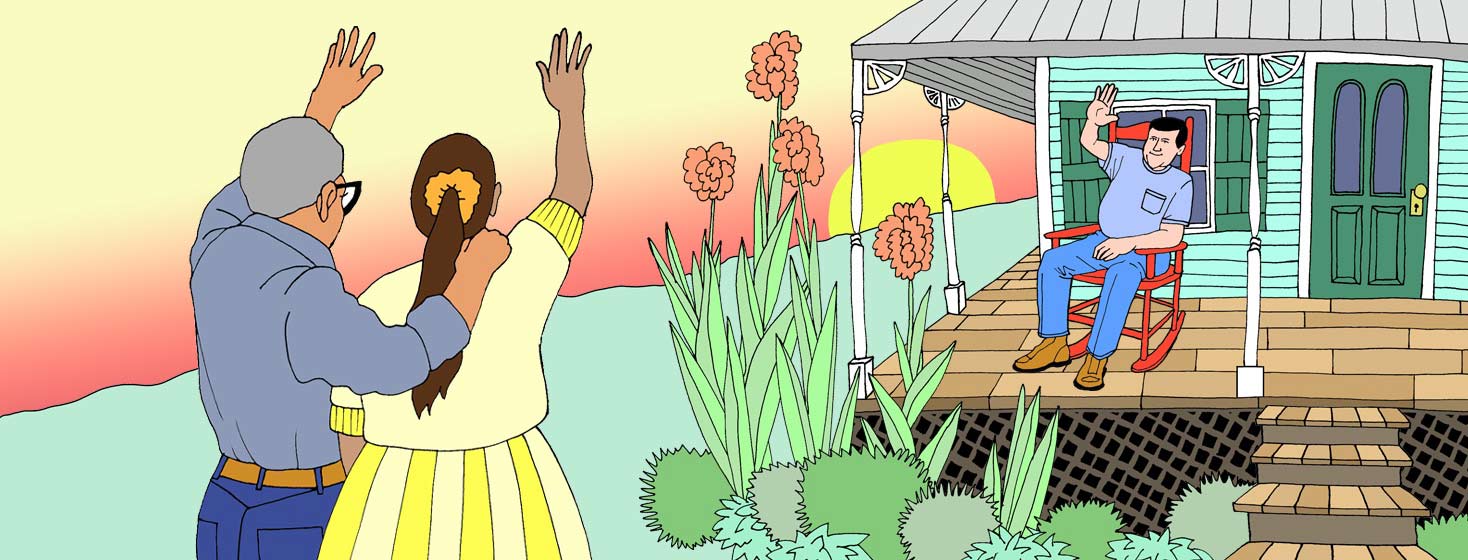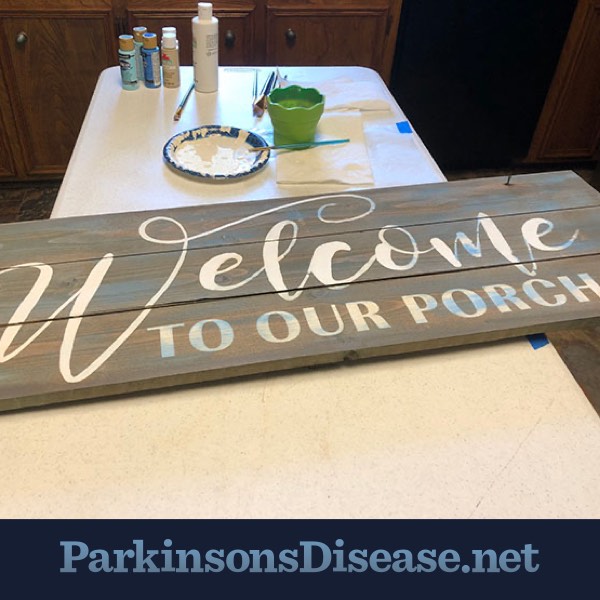Community Connections Enhance Physical and Mental Health
Parkinson’s disease has a worldwide prevalence whether or not we want to admit it. Mental illness, too, occupies a weighty presence in our world today. This is true for persons in general, let alone persons who live with a chronic physical disease or who are confronted by an acute health episode of some sort.
What role do social relationships play in building a supportive community? Does a supportive community contribute to improving one’s mental health and physical health?
Building social connections
You have surely heard the phrase, "it takes a village to raise a child." Persons with Parkinson’s (PWP) could paraphrase this as, "it takes a community to support a person with Parkinson’s." Consideration of the person’s physical needs are at the community center, so to speak. Key community members are a care partner, family, friends, physicians, and therapists.
The emotional and social needs of PWP need to be met by expanding ways to build additional social connections. Community building events could include group exercise, a neighborhood walking group, dining with friends, cooking groups, creativity sessions, fundraisers, and anything that helps people get together for a common cause or goal.
Sitting on the front porch
This may seem like an off the wall question, but when was the last time you sat on a porch and interacted with neighbors? There was a time in the US when sitting on the porch was a significant part of living in community.
Apartment dwellers would take a seat on the front stoop. When warm weather made the indoors unbearable, families moved to the porch or stoop for relief. This shift encouraged neighbors to exchange greetings and hold conversations.
Community was built by knowing your neighbors, enjoying time together, and pitching in to help others when they had a need. When air conditioning and heating became readily available, fewer people sat outdoors.
At some point in time we all became too busy or had no substitute for a porch and the behavior stopped. Each house became an "island" and the sense of community dwindled.
Gathering together
We built our house in the 1980s and wanted a good-sized front porch in the hope of sitting with neighbors as new houses went up around us. Sitting out front let us see and be seen and encouraged us to invite people into our space.
Many families have moved in and out of our neighborhood since we built this house. Our 70 foot long porch has been empty in recent years as we have aged and worked to keep abreast of my Parkinson's disease diagnosis.
Last fall, a neighbor across the street sent out postcards to folks living in a 2-block area. She invited everyone to bring a chair and gather on her front lawn so we could meet each other. This small gesture built a new sense of community as we exchanged contact information and continued to meet during the months that followed.
We gathered on her front yard every few weeks until the weather was too cold. It is nice to know our neighbors once again and we are ready to dust off our lawn chairs in late spring. Our block of individual houses is stronger as a neighborhood archipelago.
Engaging with others
If you want to reach out to your neighbors but have no porch, simply think of similarly sized spaces. Meet on a patio, deck, lawn or carport. The place is most likely the least significant ingredient. Engaging the people is the key
How about sitting down to hold poetry readings, a book club, or coffee and tea tasting? Have people bring instruments to make music together. You could also play card games, board games, or yard games like cornhole or badminton.
If you want to reach out to your fellow PWP, you can do the same things! Get out of your indoor space and contribute to building a supportive community network that helps improve your physical and mental health. Viva la porch!


Join the conversation